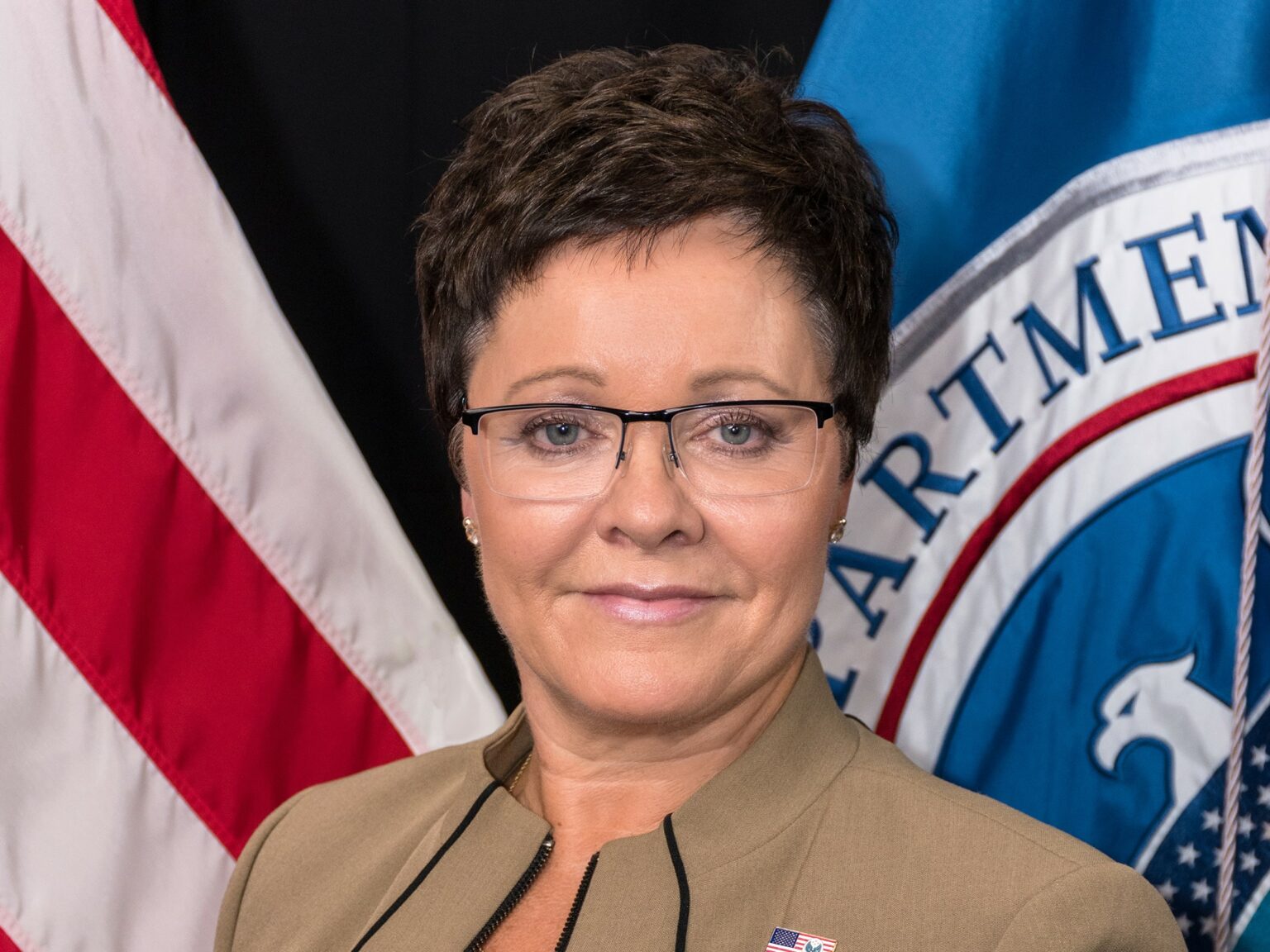IFSJ Influencer: Dr. Lori Moore-Merrell, US Fire Administrator
- November 23, 2022
- 8:30 am


Iain Hoey
Share this content
US Fire Administrator Dr. Lori Moore-Merrell, shares her views and predictions for the fire and safety industry for the year ahead
The US still has a fire problem. So far in 2022, we have had over 1775 fire deaths. Many of these tragic fires occurred in poor, underserved communities. This situation is one of the greatest inequities we face. Safe and affordable homes should not be a mutually exclusive choice.
The fire and emergency medical services throughout this nation must continue to work to prevent fire and to reduce the risks associated with fires that do occur. That means reducing risk for civilians who experience the fire and reducing risks for the firefighters responding to suppress and extinguish the fires. We have the science that informs the public, our responders, and decision makers, now it is time to act on what we know matters including building codes, smoke alarms, sprinklers.
To better communicate and amplify messages to change fire safety behaviors, the USFA recently launched the Fire and Life Safety Communicators’ Initiative (FLSCI). This initiative brings the nation’s fire service communicators together monthly to discuss a common messaging plan. The FLSCI created a shared theme calendar to leverage the full power of the fire service (speaking with one voice) to provide timely information through the media and local fire departments to the public. Ultimately, the goal is to influence the alarming rate of fire deaths and property loss throughout the US by sharing ideas and best practices.
In addition to addressing the structure fire problem in America, we must also prepare to respond to the changing landscape of all hazards. For example, with climate change driving the increasing incidence of wildfire and other disasters, all fire departments are affected. Drought driven wildfires can occur anywhere including suburban neighborhoods. Wildfire has a broad impact nationwide, and it is growing. As the fire service, we must redouble our efforts to prevent ignition and harden the urban interface by leaning in to advocate for fire adapted communities including use of proper roofing materials, residential sprinklers, structure separation, widening roads, and clearing property. We must also address personal accountability in fire safety practices at home.
Another emerging risk for the fire service is active shooters. Society has devolved to a place where hate is allowed to exist and unfortunately grow. Understanding and preparing for violent extremism, civil unrest, and active shooter events must be front-of-mind. Fire service leaders must also identify and focus on the use of fire and smoke as a weapon. These regrettable scenarios unfortunately occur frequently today, and firefighters are often on the frontline response.
To continue to strengthen and support America’s fire service, our national data system must be modernised. Using advancements in technology and sensors we can better protect firefighters. Leveraging non-traditional data sources, we can advance our capability to perform community risk assessments and better understand the reality of today’s risk environment. USFA is leading this modernisation effort to ensure that our stakeholders have the information they need to protect the public and our responders.
For more information on USFA activity, visit https://www.usfa.fema.gov
About the influencer
In October 2021, the Biden Administration appointed Dr. Lori Moore-Merrell, a 35-year veteran of the fire service, as the nation’s eleventh US Fire Administrator. The USFA was created as part of the 1974 Federal Fire Prevention and Control Act that resulted from the renowned America Burning Report. Today, the Fire Administration operates as a component of the Federal Emergency Management Agency (FEMA), and its mission is to support and strengthen the nation’s fire and emergency medical services through training, data collection, research, and community risk reduction.
Dr. Moore-Merrell started her career as a paramedic with the Memphis Fire Department in 1987. She spent 7 years in the field before being recruited to the International Association of Fire Fighters (IAFF) as the first fire-based EMS Specialist in the organisation. During her tenure at the IAFF, she led numerous research projects producing landmark reports on firefighter crew size, effective response force, and community risk assessment. She holds a master’s degree in epidemiology and a doctorate in public health policy and performance measurement.



